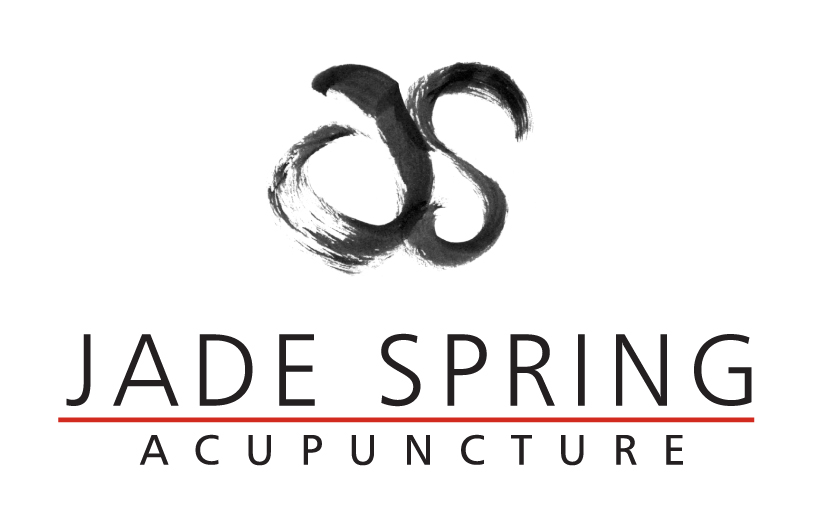Mindfulness in action - the power of neural circuits
I continue to be conscious that now more than ever it is important to protect our mental and emotional health. The circumstances we are faced with as a result of the ongoing pandemic, the political tension and civil unrest, fires and other natural disasters are all adding a level of stress to our daily lives that often feels hard to bear. How do we not only protect ourselves from the impact of chronic stress on our health, but also, what can we do to help us cope mentally with this constant onslaught of distressing news?
Today I want to share one idea I had while reading neuroscientist Jill Bolte Taylor’s autobiography My Stroke of Insight, which describes the author’s experience of surviving and recovering from a serious stroke on the left side of her brain. It was fascinating to read about her experience which illuminates how our two hemispheres process the world in distinct ways and the implications this has on our peace of mind, our feelings, and “brain chatter”.
We are all familiar with the fact that our left brain is responsible for analytical thinking, problem solving and language. After the stroke damaged that part of her brain, the author noticed that her brain chatter stopped, and she often felt a deep sense of peace, gratitude and being at one with the world.
It was interesting that as she recovered her left-brain functions, she noticed that her brain chatter returned and with it a lot of negative self-talk and unpleasant emotions related to judgement of self and others.
She explains that our beliefs about ourselves and the world are specific brain circuits, or neurological pathways laid down in our brain. Circuits that are rehearsed frequently are strong and run easily, while circuits of information that do not get used a lot are weaker and more difficult to recall. Depending on the content of a circuit, it may be linked to strong emotional responses.
When it comes to negative self-talk, she explains that this can be a result of ‘hooking into’ a specific neurological pathway, which is usually accompanied by the release of certain emotions. The more we stay hooked into that circuit, the stronger it becomes, and the easier it is to return to those messages again and again.
As her left-brain functioning got stronger, and she started experiencing more brain chatter and judgment, she decided to experiment with what would happen when she chose not to run those circuits. She noticed that the emotions triggered by the thoughts would usually pass within a couple of minutes and then she would try to activate circuits in her right-brain that lead to feelings of peace, gratitude and a sense of oneness. This exercise was not about suppressing emotions, but rather noticing which negative thought patterns (brain circuits) triggered them, allowing the emotion to surface, experience it, and then choosing another more positive thought-circuit.
Learning about these ideas gave me a glimpse into why certain mental health practices might work:
Maybe meditation and prayer are so powerful because they quiet our left-brain chatter for a moment and help us access the peace, gratitude and oneness we experience which are associated with the right-brain.
Maybe the physiological basis for the power of ‘positive thinking’ comes from shifting into right-brain circuits of peace, gratitude, and contentment.
When we spend a lot of time informing ourselves of current affairs and consuming the news, we are exposing ourselves to a lot of negative and fear-producing messages. This strengthens those circuits in our brain and creates an environment in which anxiety and hopelessness build. I’m not suggesting we minimize or ignore the problems in the world or pretend that everything is fine. Some of the fear, anger, and uncertainty we experience are important triggers to help us work for change and contribute to bettering our communities. What I am saying is that we need to balance the time we spend engaging with the news and current affairs with time for practices that help us shift into circuits that foster feelings of grace, contentment and unity.
So, if you spend an hour or two reading the news or scrolling through social media each day, I would encourage you to balance that with practices that activate neural networks that help you experience joy, contentment, and harmony. You might make time to meditate, practice positive thinking, keep a gratitude journal or praying. This will not only benefit your mental health but also help your body shift out of sympathetic nervous system dominance (fight or flight), thereby protecting your health from the negative impacts of long-term stress.
Supplementing these mindfulness practices with regular stress-reducing acupuncture sessions is a great long-term stress management routine and will keep you healthy and sane during these difficult times.
I hope you are doing well and look forward to helping you maintain your physical, mental and emotional health



